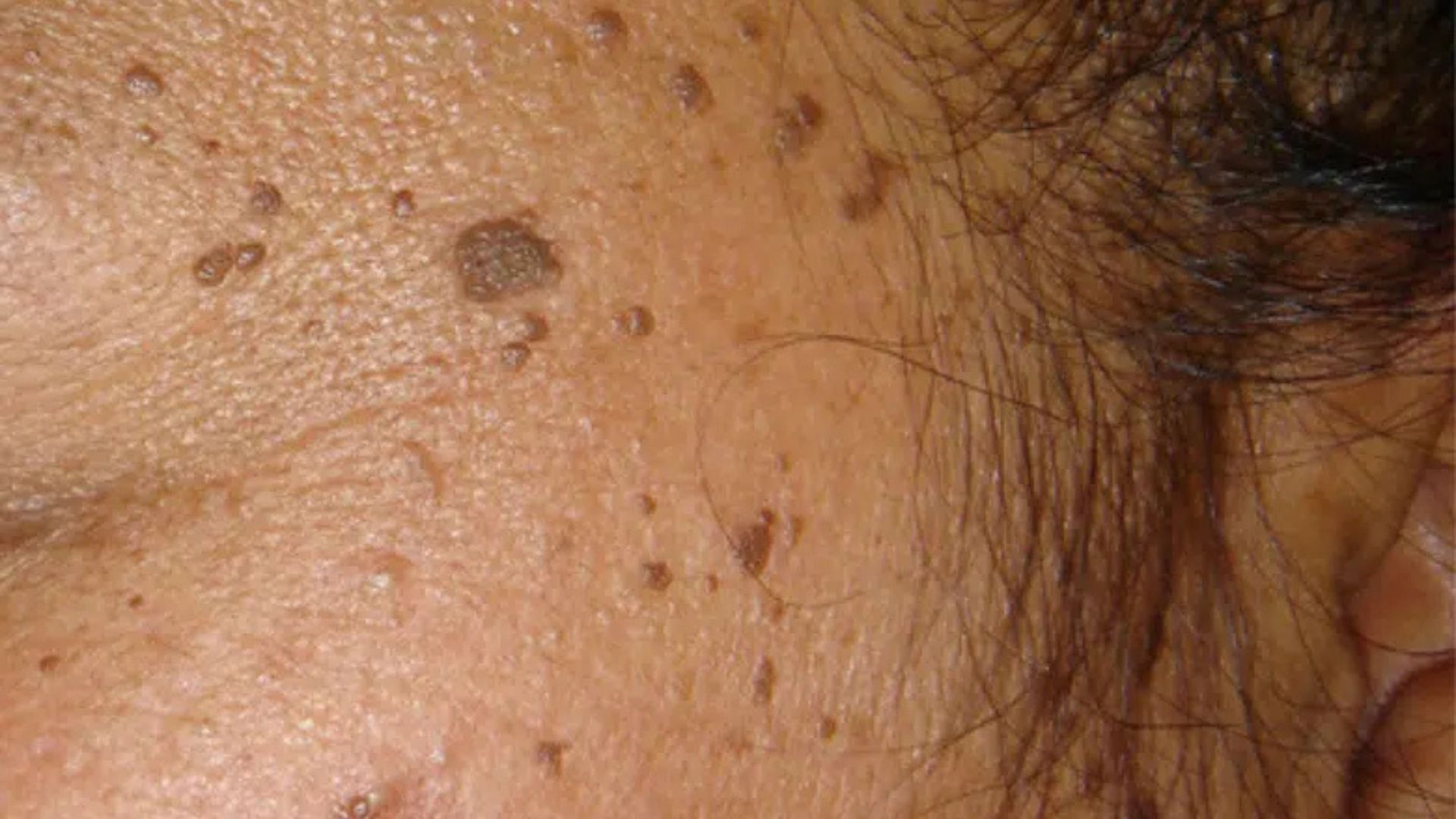
Dermatosis Papulosa Nigra (DPN) is a benign, harmless skin condition characterised by small, dark papules that commonly appear on the face, neck, and upper body. It affects people with skin of colour.
Many people leave their DPN untreated whilst some choose to have them removed due to cosmetic (aesthetic) upset.
Patients will receive aftercare guidance to promote healing and minimise irritation.
Healing Time: The treated area usually heals within 7 – 10 days. It is common in skin of colour to have some skin pigmentation change at the site of the treated lesions. This is usually a darkening of the treated sites. This recovers in 90% of patients over time. Once the skin itself has healed, make up can be applied to any resolving darker areas.
Scarring: Scarring is uncommon but there is the possibility of a dipped scar at the site of larger lesions. Shallow scars flatten with time and again are an uncommon occurrence.
Activity Restrictions: Normal activities as usual but best not to have procedure close to functions and events whilst you are healing post-operatively.
People with DPN have the tendency to make lesions with new lesions slowly appearing over time. Therefore, it is possible for the condition to be a feature again, in the future, after treatment.
The local anaesthetic administration stings a bit but after that the procedure is painless.
Dermatosis Papulosa Nigra lesions are identical histologically to small seborrhoeic keratoses.
DPN is likely genetic with 40–50% of patients having a family history. It is believed to be due to a developmental anomaly of the hair follicle.
Electrodessication under local anaethesia. This produces little trauma and a very good cosmetic outcome.